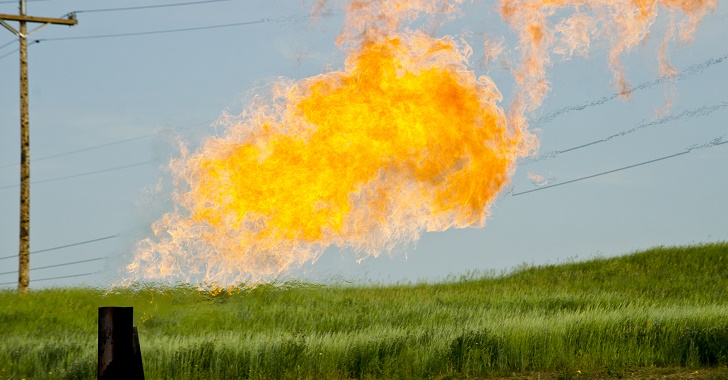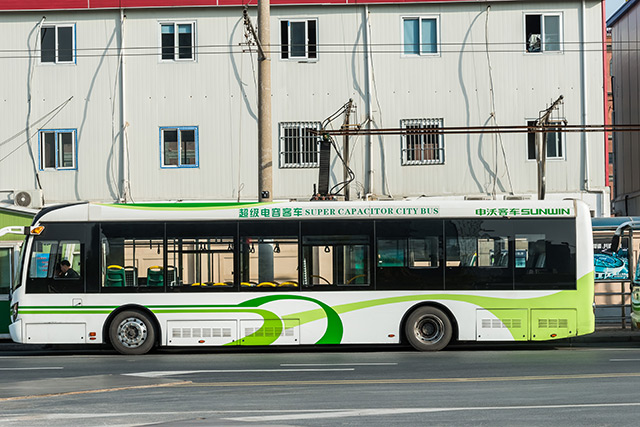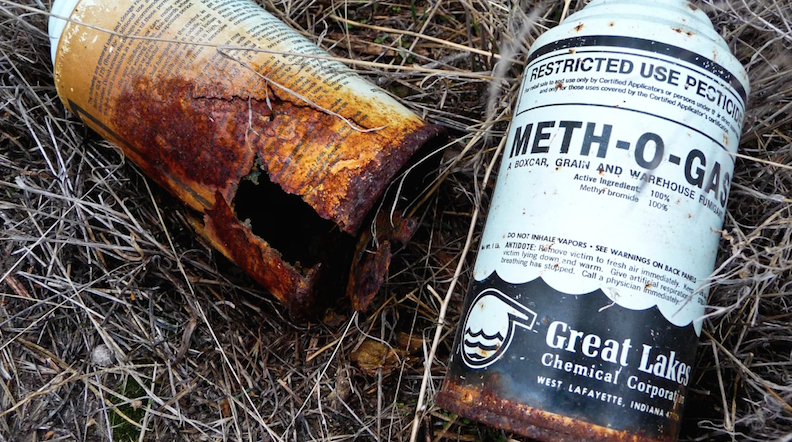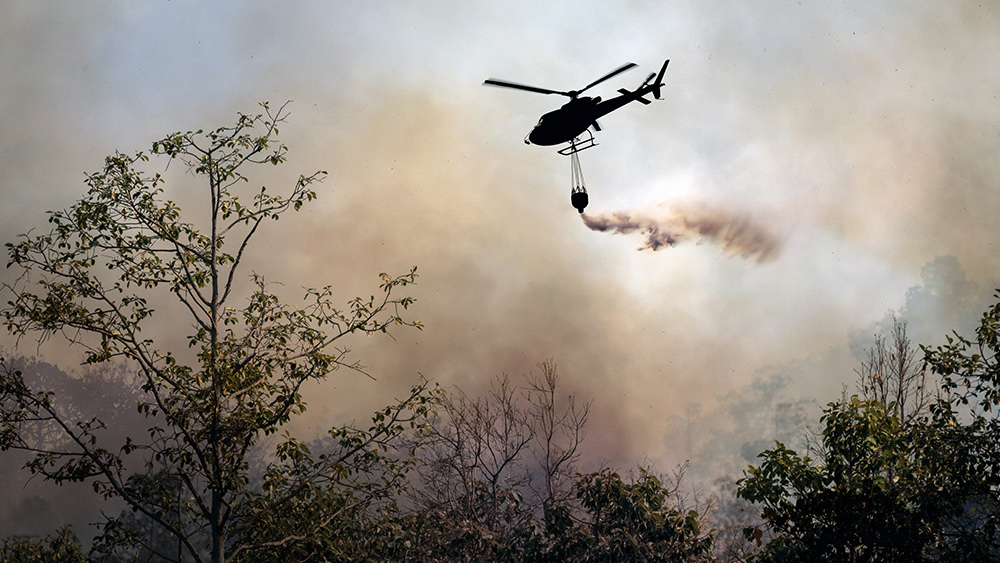
The current approach to detecting methane emissions involves on-site inspections and employs short-ranged specialist cameras. This methodology is cumbersome and may miss intermittent leaks.
"Our approach allows measurements to be autonomous, which enables continual monitoring of an area," said Sean Coburn, a researcher from the University of Colorado (CU) and one of the co-lead authors of the study.
He says the laser sensor promises to lessen the amount of methane wasted during production. Furthermore, it can reduce negative effects on urban communities near oil and gas production facilities, as well as head off disasters like the massive leak at Alison Canyon in 2015.
The sensor system is jointly developed by CU researchers and their counterparts at the National Institute of Standards and Technology (NIST) and the National Oceanic and Atmospheric Administration (NOAA). It can pick up small and slow emissions within one kilometer in outdoor conditions.
The sensor can be re-oriented to look for other gases and air pollutants as well. (Related: Stable energy for America: Natural gas supply in the eastern U.S is growing faster than demand.)
New sensor system uses Nobel Prize-winning infrared laser technology
The CU-developed laser spectroscope scans for methane leaks by bouncing a laser beam upon reflectors positioned around the field. When the beam passes through methane, some of its infrared wavelength will be absorbed by the gas, causing a measurable change.
Comparing the results of different laser beam paths will reveal the presence of methane. Once a leak is spotted, its exact location and size can be ascertained based on atmospheric models of gas movement in the area during the time of the inspection.
The system employs a frequency comb laser that emits hundreds of thousands of infrared wavelengths in a single beam. Its use of a wide range of wavelengths allows it to tell apart gases that absorb light at similar wavelengths, such as methane and water.
Furthermore, it can gauge the amount of methane present in the background environment. It is able to distinguish between an actual leak and a shift in the overall concentration due to wind action.
The sensor system builds upon earlier research by CU researcher Jan Hall, who won a Nobel Prize for his work on frequency comb laser spectroscopy.
Laser sensor can detect intermittent methane leaks and multiple leaks
The CU-NIST-NOAA research group put their new laser sensor system through its paces by running realistic scenarios found in an oil and gas field. The frequency comb laser was mounted on a mobile trailer and bounced multiple beams off a group of cheap reflectors, each of which was placed a kilometer away.
One of the simulations involved looking for an intermittent methane leak situated about one kilometer from the mobile trailer and 50 meters from the beams. The system could detect emissions as low as two grams per minute. It also identified the times when the leak was active and kept track of changing emission rates over the course of a 20-hour period.
Another scenario simulated five potential leaks situated between several laser beam paths. The system fulfilled expectations by pinpointing the sources of the methane emissions and correctly measuring their emission rates.
The researchers are currently refining the capabilities of their laser spectroscopy system. They are also looking for partners in the oil and gas industry in order to test their sensor in real-life conditions.
Visit Inventions.news. for more on laser technology applications.
Sources include:
Please contact us for more information.























